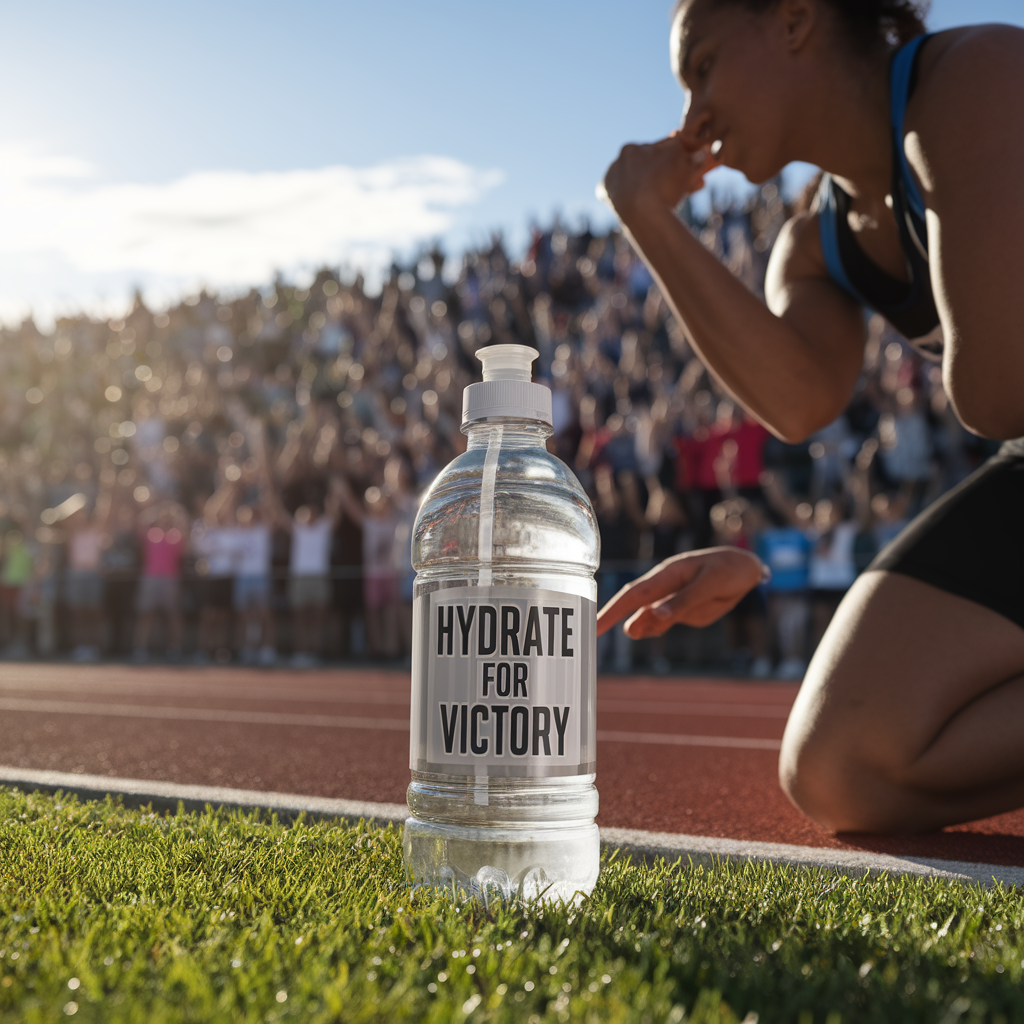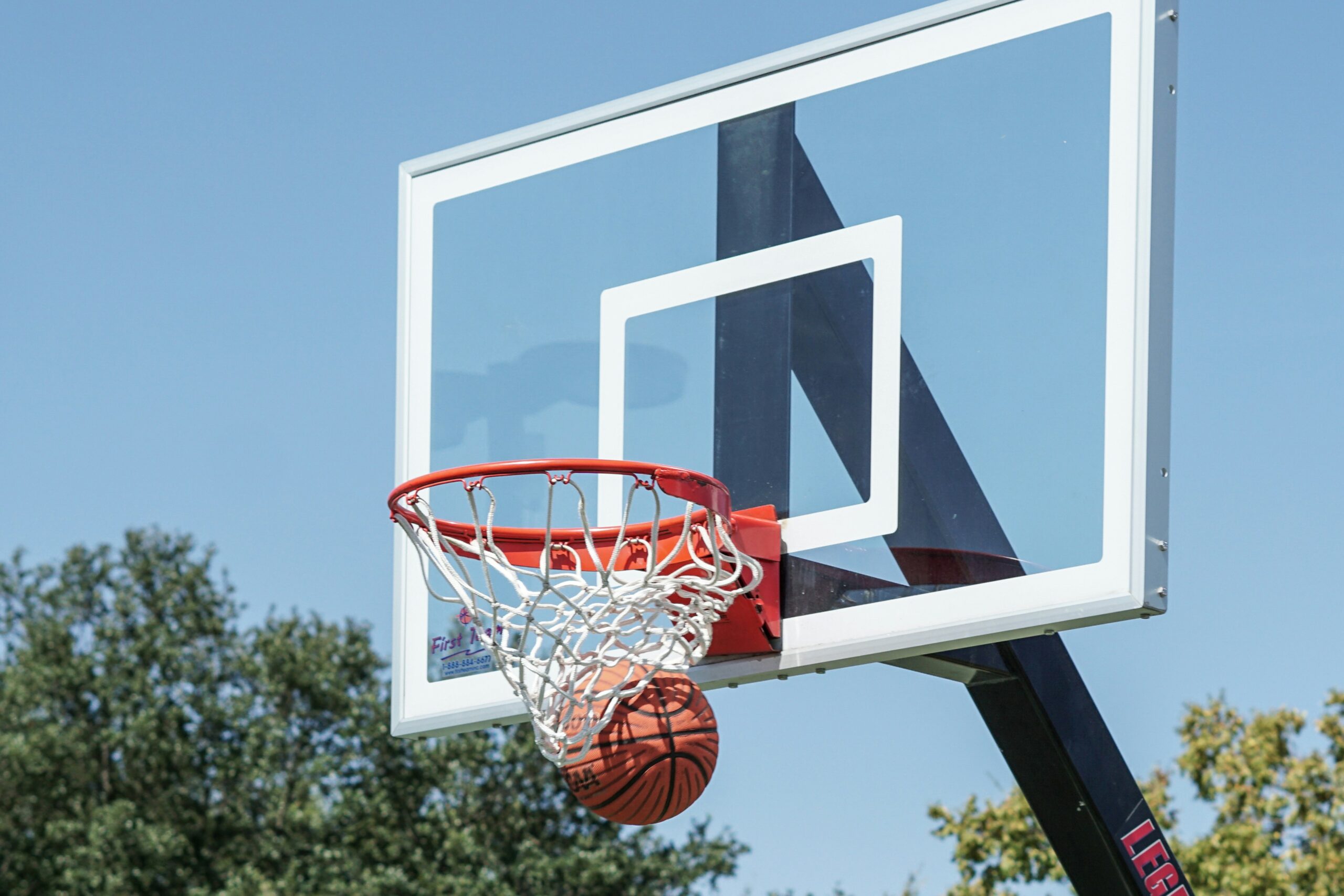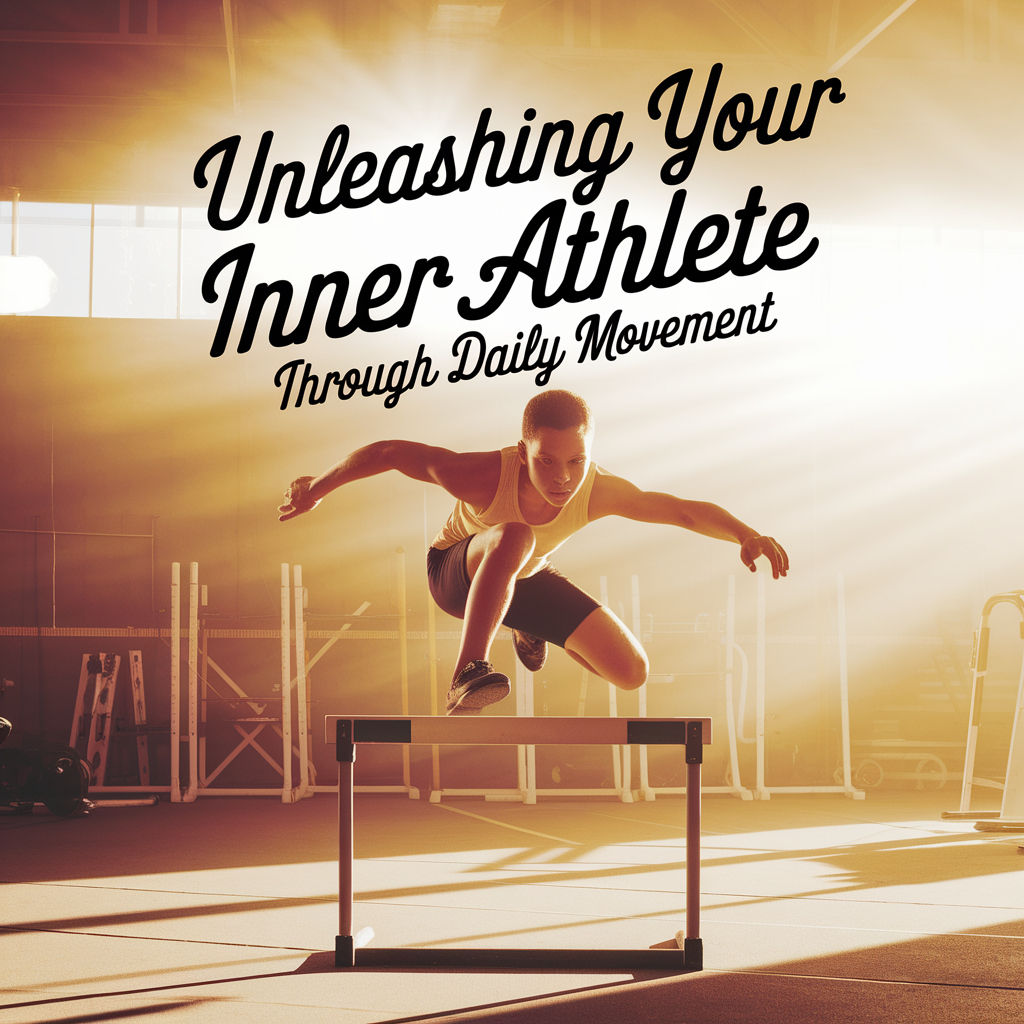The Impact of Technology on Training: Wearable Devices and Performance Metrics
So, picture this: you’re at the gym, trying to urge your legs into one more rep of squats while simultaneously wondering if last night’s pizza was really worth it. At the same time, your friend is over there, sporting a sleek wristband that seems to be collecting data like it’s some kind of high-tech spy gadget. You can’t help but feel a twinge of envy. Is that little device really going to help them lift heavier or run faster? Or is it just another fad, like those weird vibrating belts from the ’80s? (Seriously, what were we thinking?)
In recent years, wearable technology has exploded onto the fitness scene, transforming the way we approach training and performance metrics. I mean, who would’ve thought we’d live in an age where you can track your heart rate, calories burned, and even sleep quality, all from a device that fits snugly on your wrist? It’s like having a personal trainer, nutritionist, and therapist all rolled into one, without the awkward small talk. But let’s take a closer look at how this technology is actually reshaping training and whether it’s all it’s cracked up to be.
The Rise of Wearables
First things first, let’s delve into what exactly we mean by “wearable devices.” These nifty gadgets include fitness trackers, smartwatches, and even heart rate monitors that you strap to your chest (which can feel a bit like wearing a superhero costume, minus the cape). The idea is that these devices gather data about your physical activity, helping you make informed decisions about your training regimen.
When I first got my hands on a fitness tracker, I was all about those step counts. I mean, who doesn’t love a good competition with yourself? (And yes, I did occasionally shake my wrist to boost those numbers—don’t judge me!) But it quickly became clear that wearables offer much more than just a count of your daily steps. They can track your workouts, monitor your heart rate in real time, analyze your sleep patterns, and sometimes even give you reminders to breathe (which is a nice touch, I guess).
Performance Metrics: More Than Just Numbers
Now, let’s talk about performance metrics. These are the numbers that come pouring in once you start using your device—think heart rate, calories burned, distance traveled, and, if you’re lucky, maybe even a little cheer from your watch when you hit a milestone. But here’s the kicker: while those metrics can be incredibly useful, they can also be overwhelming.
Honestly, I remember going on a run with my new gadget, only to find myself obsessively checking my pace every five minutes. Was I going fast enough? Was I going too fast? I was practically treating it like a ticking time bomb. It wasn’t until I learned to trust my body and use the data more as a guide than a strict rulebook that I really started to enjoy my workouts. Sometimes, it’s all about balance, right? (I mean, if I wanted to stress myself out, I’d just scroll through social media.)
Understanding Your Body
One of the most profound impacts of wearable technology is the way it encourages us to listen to our bodies. Gone are the days of just “winging it” at the gym. With metrics at our fingertips, we can identify patterns and adjust our workouts accordingly. For instance, if your tracker tells you that your heart rate is unusually high during a workout, it might be time to dial it back a notch. Or if you notice that you’re consistently not hitting your step goal on weekends, maybe it’s a sign to plan more active outings (like that hike you keep putting off).
Plus, with continuous heart rate monitoring, many of these devices can help you understand your recovery needs. I’ve found that on days when I don’t feel up to snuff, a quick glance at my heart rate variability can show that my body is in need of a little TLC. It’s like having a little voice in your head saying, “Hey, maybe today is a rest day.” And honestly, who doesn’t need that reminder sometimes? (Especially after a week of too many late-night Netflix binges.)
Setting Goals and Staying Motivated
Let’s not forget about motivation. There’s something about seeing those numbers tick up that ignites a fire in us. Setting goals is one thing, but having a visual representation of your progress? That’s a game-changer. With wearable devices, you can track your goals in real-time, and it feels like a pat on the back every time you reach a milestone. It’s like having a cheerleading squad right on your wrist, minus the pom-poms.
But here’s where it can get tricky. Sometimes, we can become too fixated on those metrics. I’ve seen folks become so obsessed with their step count that they forget to enjoy the walk itself. You know the type—walking in circles in their living rooms just to hit that magic number. So, while it’s great to have goals, it’s equally important to remember to enjoy the process. After all, fitness should feel good, not just look good on a screen. (And if you need to stop for ice cream occasionally, I say go for it!)
Wearables and Community
Speaking of motivation, one of the coolest aspects of many wearable devices is their integration with social platforms. You can share your achievements with friends and family, or even compete in challenges. There’s something about the thrill of a little friendly competition that can kick your workout into high gear. I mean, who doesn’t want to show off a new personal record to their buddies? (Especially when they’re still struggling with their couch-to-5K journey.)
But let’s be real for a moment. There’s a fine line between motivation and pressure. While it’s awesome to have a community cheering you on, it can feel daunting when you see everyone else’s accomplishments. I’ve had days where I felt like I was crawling through molasses while others were out there running marathons. It’s crucial to remind yourself that your journey is unique. We’re all on different paths, and that’s perfectly okay. (And seriously, if someone is running a marathon, can’t they just let me have my pizza in peace?)
Privacy Concerns
Now, with all this data collection comes a bit of a sticky topic—privacy. I mean, who knew your heart rate and sleep patterns could be the next hot topic of conversation? There’s something a little unsettling about the idea of our personal data being collected and analyzed. But, here’s the thing: most reputable brands are very transparent about how they use your data. Just be sure to read those privacy policies (even if they’re as thrilling as watching paint dry).
In recent years, there’s been a push for more control over our data. Many devices now allow you to customize what information you share, which is a step in the right direction. It’s important to feel empowered about your own data. So, if you’re not comfortable with sharing something, don’t hesitate to adjust those settings. Your body, your data, your rules! (I mean, that’s what we say, right?)
The Future of Wearables
As technology continues to evolve, it’s fascinating to think about what the future holds for wearable devices. We’re already seeing advancements like smart clothing (yes, you heard that right) that can monitor your heart rate and muscle activity without the need for a bulky tracker. How cool is that? It’s like stepping straight into a sci-fi movie.
And then there’s the potential for artificial intelligence to play a role in training. Imagine a device that can not only track your metrics but also analyze your data and offer personalized training plans in real-time. It’s almost like having a coach in your pocket (without the whistle). But as we look ahead, it’s essential to maintain a balance between technology and our own instincts. After all, no device can replace the knowledge of our own bodies.
Final Thoughts
So, what’s the takeaway here? Wearable technology has undoubtedly changed the game when it comes to training and performance metrics. It offers insights that can help us understand our bodies better, keep us motivated, and even connect us with a community of like-minded individuals. But, as with all things in life, moderation is key.
Remember to enjoy the process, trust your instincts, and don’t get too caught up in the numbers. And if you ever feel overwhelmed, just take a step back, breathe, and maybe treat yourself to that pizza. (I promise, it’s not going to ruin your progress—after all, life is about balance!)
As we embrace this tech-driven fitness era, let’s not forget the most important part—moving our bodies and having fun. So, whether you’re strapping on a heart rate monitor or simply going for a walk, do it because it makes you feel good. And hey, if you happen to hit that goal while you’re at it, that’s just the cherry on top.







